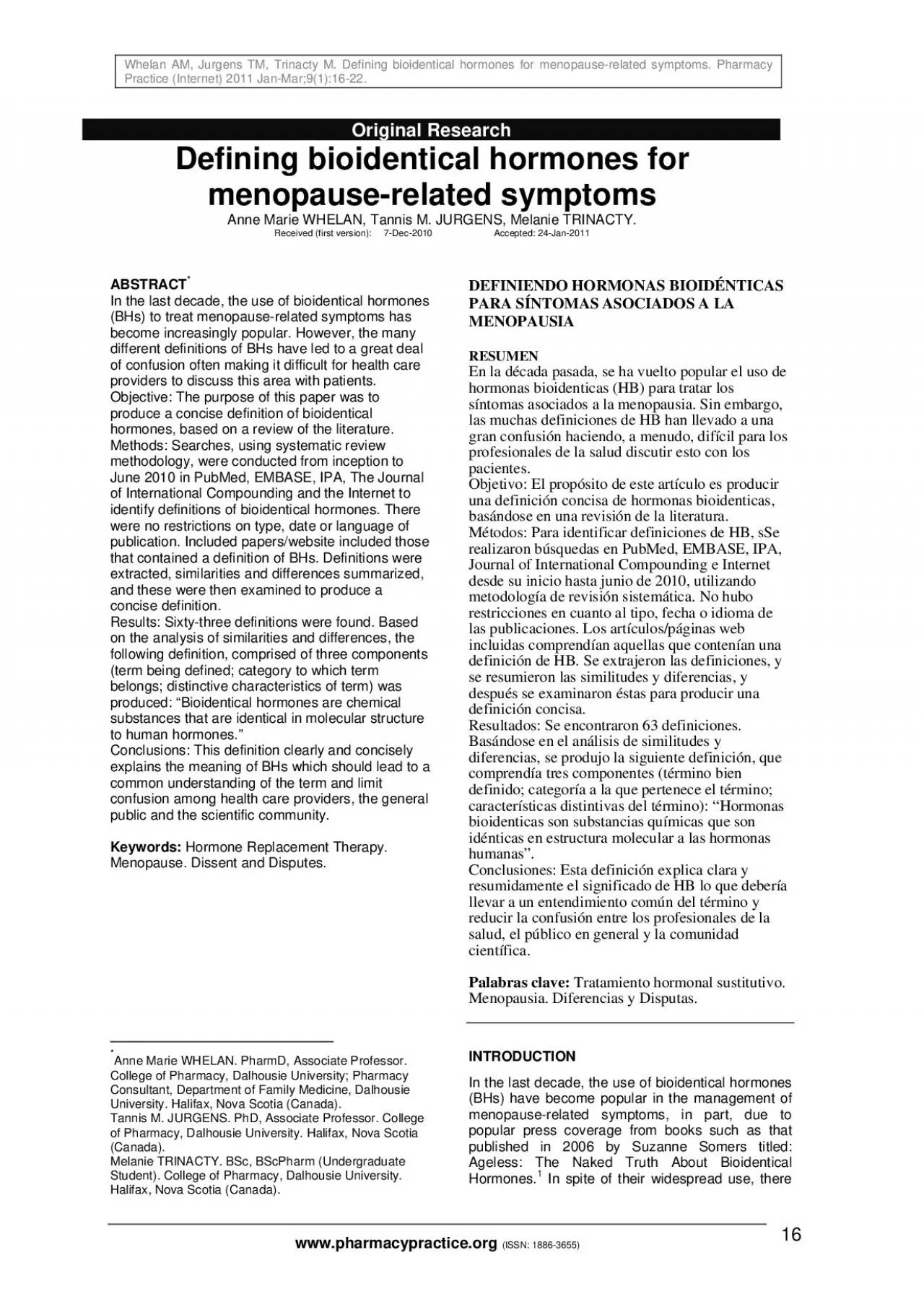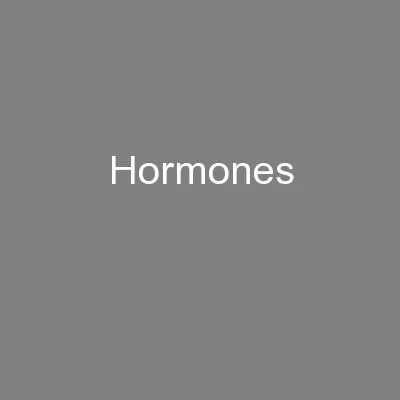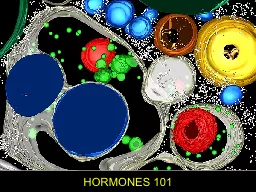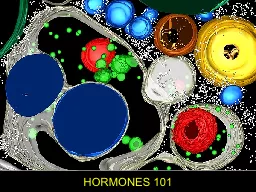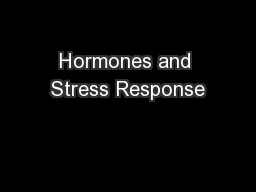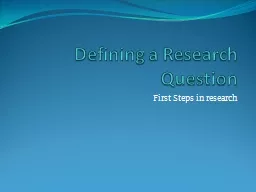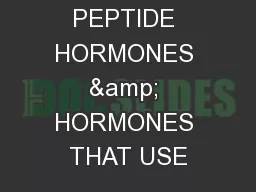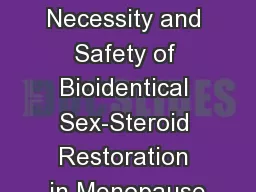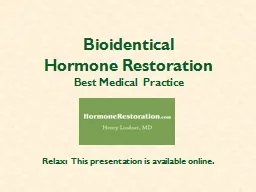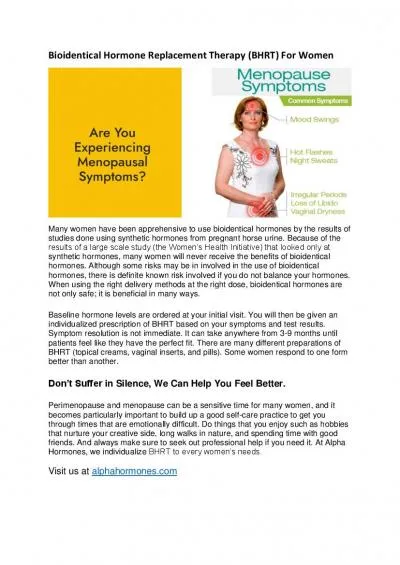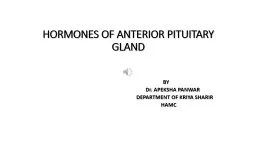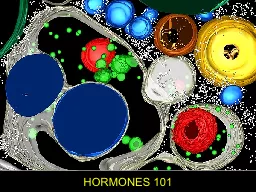PDF-Whelan AM Jurgens TM Trinacty M Defining bioidentical hormones for
Author : susan2 | Published Date : 2022-08-16
Practice Internet 2011 JanMar911622 wwwpharmacypracticeorg ISSN 18863655 ABSTRACTIn the last decade the use of bioidentical hormones BHs to treat menopauserelated
Presentation Embed Code
Download Presentation
Download Presentation The PPT/PDF document "Whelan AM Jurgens TM Trinacty M Defining..." is the property of its rightful owner. Permission is granted to download and print the materials on this website for personal, non-commercial use only, and to display it on your personal computer provided you do not modify the materials and that you retain all copyright notices contained in the materials. By downloading content from our website, you accept the terms of this agreement.
Whelan AM Jurgens TM Trinacty M Defining bioidentical hormones for: Transcript
Download Rules Of Document
"Whelan AM Jurgens TM Trinacty M Defining bioidentical hormones for"The content belongs to its owner. You may download and print it for personal use, without modification, and keep all copyright notices. By downloading, you agree to these terms.
Related Documents

